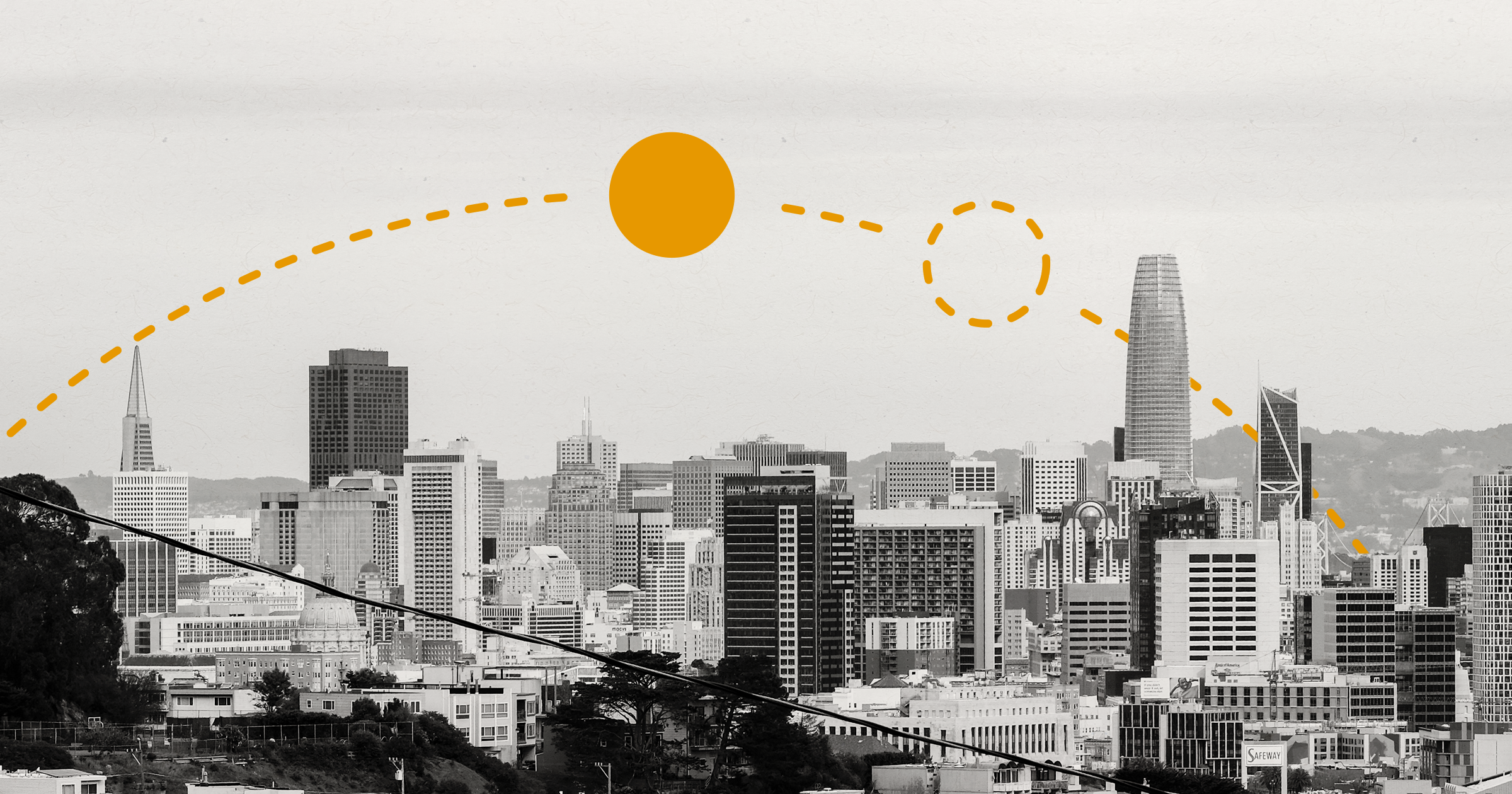We are currently five days into the most recent daylight saving time (DST) clock adjustment, and looking over at my wife’s side of the bed, I can see she still hasn’t changed her clock. That means, in my house alone, we have been living in two separate time zones for the better part of a week. My neuroses can’t allow me to live such a devil-may-care existence, but I know that on Sunday, more than a few of you celebrated the fact that, after just over four months, the clock in your car is finally back in the right time. You, my friend, truly live on the edge.
All of this may change. On Tuesday, the Senate unanimously passed the Sunshine Protection Act, which would do away with DST starting in 2023. The bill still has to be passed by the House and then signed by President Biden, but if you’re like me and think DST is an irrational anachronism whose purpose has never entirely been made clear, then you’re one step closer to not having your life completely upended twice a year.
Many years ago, when I first learned that Arizonans didn’t change their clocks for DST, I was astonished. “Are they warlocks?” I thought to myself. Who else would have such a total disregard for that crucial building block of society we call “time”?
Upon investigation, I was disappointed to learn the state was lacking in necromancers and soothsayers—despite what folks in Sedona may tell you—and that DST was not actually part of the natural order of things. Arizona is merely a libertarian-leaning place at a relatively low latitude, without much seasonal variation in the length of the day.
That sounds sensible enough, but our nation has taken a Jackson Pollock-like approach toward determining who does and doesn’t observe DST. For example, the Navajo Nation—which is largely in Arizona—observes DST despite what the rest of the state follows. Even closer to the equator, Hawaii does not. Yet up until 2006, each county in Indiana could decide independently whether or not to observe DST, which must have made throwing a watch party for the season premiere of Lost difficult if your friends were one county over. It’s as if time itself is a social construct. Even Facebook has invented its own unit of time measurement called a “flick.” (Yes, really.)
So how did we get here? The New York Times does a great job of explaining it, but in short, Ben Franklin is often credited with first suggesting DST, although that may have been satire. Then, during the Industrial Revolution, trains connecting multiple regions needed to run on reliable schedules. This led to the creation of time zones in the U.S. and Canada in 1883. By the early 1900s, a few European countries enacted DST to reap the economic benefits of longer work hours, and then in March 1918, the U.S. adopted DST in order to save electricity during World War I.
But, like so many things that have been enacted to increase economic activity, the engines of that production—which is to say, people—weren’t really taken into account.
While changing the clocks might throw most people off for a day or so, it causes absolute havoc for people who are insomniacs or otherwise have sleep issues. As opponents of daylight saving time agree, a stable rhythm to the day-night cycle is crucial. Since one of the best ways to improve your sleep is to have a set schedule each night, meddling with time by an hour creates mayhem for these people. And that can impact all of us.
Studies have shown that even moderate sleep deprivation can impair your brain as much as being drunk. We expect these people, who time forgot, to be able to drive a vehicle, work with heavy machinery, and most importantly, not run around like exhausted time bandits.
My friend Amiee Kushner, who suffers from chronic insomnia explains, “The list of things I have done in the days after DST reads like inebriated sorority girl shenanigans, like showing up to work with most of my clothes on inside-out and no deodorant, walking into a wall and giving myself a black eye—and crying while collapsed on the floor, listening to Taylor Swift and totally relating to her heartbreak.”
Amiee shared how one year she got into an accident because her sleep-deprived brain didn’t register the meaning of a red light until it was too late to stop her from T-boning the other car. It can take up to a week for peoples’ bodies to get on the new schedule, so by doing away with DST, we’re creating two fewer weeks of pandemonium each year. Maybe we are the warlocks!
The only thing I will miss about DST is that one day a year when you’re at the bar and the clock strikes midnight, you suddenly get an extra bonus hour to drink. But that doesn’t happen until the fall. I’m happy to trade that in if it means millions of people can finally get some much-needed sleep.
Stuart Schuffman, aka Broke-Ass Stuart, is a travel writer, TV host and poet. Follow him at BrokeAssStuart.com
